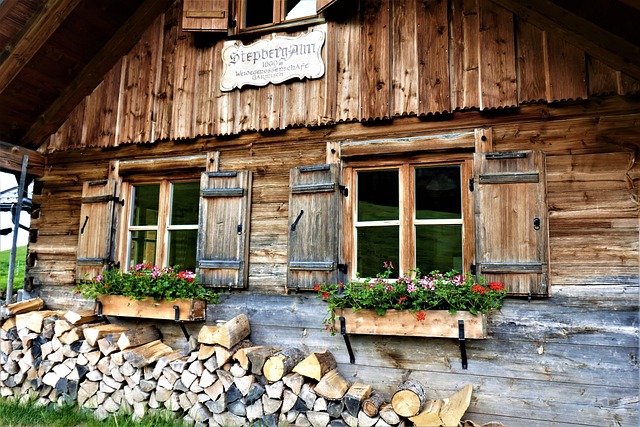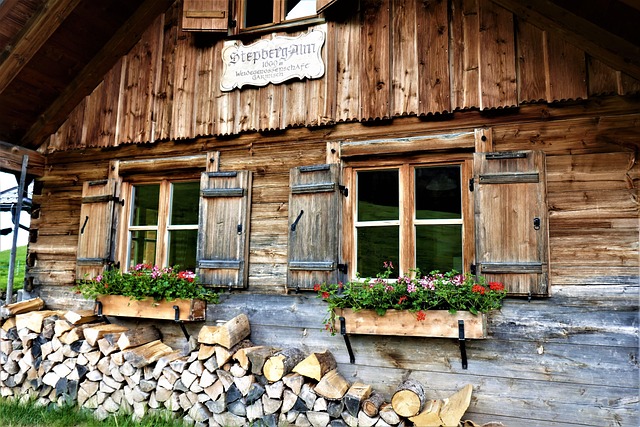High-tech companies are revitalizing cities by investing in underutilized areas, creating modern workspaces, and developing infrastructure like data centers and fiber-optic networks. Their arrival boosts local economies, attracts global talent, and increases property demand, leading to higher real estate values and revitalized neighborhoods. Tech giants also drive growth through smart buildings and proptech startups that use data analytics for efficient property management. This tech revolution globally enhances urban living standards and stimulates economic growth in the real estate sector.
High-tech companies are increasingly fueling local growth, transforming urban landscapes as they go. These tech giants don’t just shape infrastructure; they drive real estate innovations that reshape cities. From direct job creation to fostering economic ripples, their impact is profound. This article explores how high-tech corporations create employment opportunities, stimulate economic growth, and contribute to communities through initiatives like education programs, healthcare access, and corporate social responsibility projects, with a special focus on real estate developments.
The Role of High-Tech Companies in Urban Development

High-tech companies are driving urban development and transforming cities into vibrant hubs of innovation. Their influx often sparks a domino effect, encouraging related industries to flourish and attracting talent from around the globe. This shift can significantly impact local real estate markets; as tech firms establish their presence, office spaces, co-working facilities, and modern residential areas become increasingly sought after.
Tech giants tend to seek out cities with robust infrastructure, a skilled workforce, and supportive business environments. They contribute to urban renewal by investing in underutilized spaces, creating cutting-edge workspaces, and fostering an ecosystem of entrepreneurship. This, in turn, enhances the quality of life for residents, stimulates local economies, and positions cities as global tech hubs.
– How tech giants influence urban landscapes and infrastructure.

Tech giants are transforming urban landscapes and driving local growth in significant ways. Their presence often leads to substantial infrastructure developments, as they require modern, robust networks and facilities to support their operations. This includes the construction of state-of-the-art data centers, fiber-optic networks, and improved transportation systems to accommodate the high employee counts and frequent visitors associated with these companies.
In addition, tech giants contribute to local real estate markets by increasing demand for commercial and residential properties in close proximity to their offices. This surge in demand can lead to higher property values, revitalized neighborhoods, and the development of mixed-use areas that blend retail, residential, and office spaces. Such transformations create vibrant urban hubs, attracting talent, investors, and tourists alike.
– Examples of tech-driven real estate innovations and their impact on cities.

In today’s digital era, high-tech companies are revolutionizing the real estate landscape, fostering growth and transformation in cities worldwide. One notable innovation is the emergence of smart buildings equipped with advanced automation systems. These tech-driven properties offer enhanced security, energy efficiency, and improved living or working environments. For instance, automated lighting and temperature controls adjust based on occupancy, reducing energy costs and waste.
Tech-driven real estate also includes the rise of proptech startups, which utilize data analytics to optimize property management. These platforms streamline processes like tenant screening, rental payments, and maintenance requests, making the experience more efficient for both landlords and tenants. As a result, cities are seeing increased investment in tech-savvy real estate projects, attracting talent and fostering economic growth while enhancing the overall quality of urban living.






